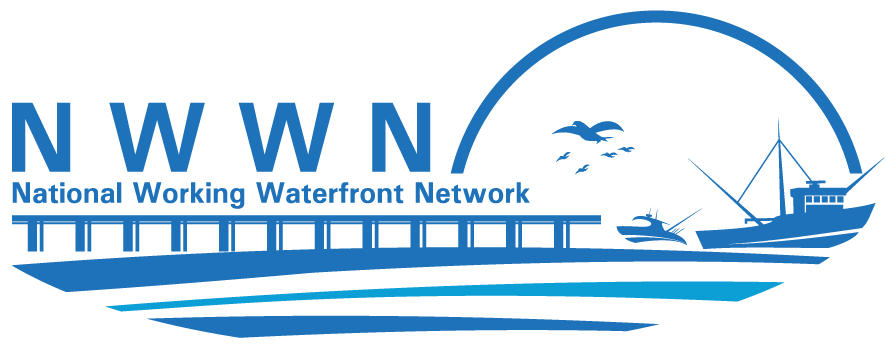Challenges Working Waterfronts Face
Today’s Challenges
While the history of working waterfronts is important, today’s multi-modal transportation infrastructure and manufacturing capabilities make it fairly easy and economical for communities to receive necessary goods from non-local sources. As a result, most of the smaller and mid-sized ports and harbors have moved away from their historical water-dependent activities, and have been re-developed for residential, commercial, and recreational uses. The challenge for those coastal communities that still have active waterfronts is to retain as much of the functional assets and characteristics of their waterfronts as possible.
High Value of Waterfront Property
Over the past several decades, waterfront property has become increasingly desirable for a range of uses that are not functionally dependent on a waterfront location, but derive economic value from proximity to the water. The demand by these competing uses is fueled by population growth along the coast over the past several decades. These “higher value” uses, such as residential and commercial development, can afford to pay higher prices for waterfront property, which allows them to out-compete working waterfront uses in the marketplace and also leads to conversion of existing working waterfront uses. Relatedly, the introduction of residential and commercial uses into working waterfront districts often produces use conflicts. See the following case studies:
- Enabling Legislation in Virginia Establishes The Middle Peninsula Chesapeake Bay Public Access Authority
- York River/Gloucester County, VA: Balancing Conflicting Uses Through Stakeholder Engagement
- Port of the Miami River Water Dependent Land Use Litigation Case Study
The operational characteristics of working waterfronts–noises, smell, trucks, times of operation, congestion–are not always compatible with the expectations of these new residents and commercial tenants, whose numbers and economic clout can influence policy and decision making to the detriment of working waterfront uses. See the following case studies:
- High and Dry Boats & Residents in Ponce Inlet: A Waterfront Property Owner Goes to Court to Enforce Florida’s Growth Management Act and Invalidate a Municipal Referendum Prohibiting a Dry Stack
- Outreach and Education as Tools to Address Working Waterfront Issues in Maine
High Cost of Waterfront Infrastructure
Higher costs for materials, equipment and labor along with rigorous regulatory requirements increase the costs of constructing and maintaining the infrastructure–dredged channels, jetties, bulkheads, wharves and piers–on which working waterfront depend. Water-dependent industries experiencing declining revenues cannot afford the costs of maintenance, repair, or upgrade. Federal funding for new construction and maintenance of dredged channels has steadily decreased and available funding is prioritized to those ports and harbors with high levels of economic activity dependent on navigable waterways; a rational approach, but one that increases the challenges for struggling waterfronts trying to maintain their operations. See the following case studies:
- Gloucester, Massachusetts
- Portland, Maine: Balancing Maritime Uses and Waterfront Diversification through Municipal Zoning
- Marquette, Michigan
- Planning for Both Environmental Protection and Economic Development in Trinidad Harbor, California
Decline in Harvestable Living Marine Resources and Fisheries Management
The abundance of stocks of some important species of fish and shellfish on which working waterfronts depend has declined. To allow stocks to rebuild, federal and state fisheries management regimes impose limitations on catch which make it difficult for fishermen to keep fishing which, in turn, affects associated fresh fish processors, fueling, ice, and marine repair businesses. See the following case studies:
- Gloucester, Massachusetts
- Portland, Maine: Balancing Maritime Uses and Waterfront Diversification through Municipal Zoning
- Planning for Both Environmental Protection and Economic Development in Trinidad Harbor, California
Shifts in Global Trade Patterns
The growth of the global economy over the past several decades has been accompanied by changes in the pattern of trade. Liberalization of trade and emerging market economies have affected the nature and amounts of business at the nation’s ports. The volume of container shipping trade at West coast ports, for example, grew significantly with the expanding economies of East Asia. Increasing trade volumes and standardized containerization is leading to larger ships calling on a smaller number of hub ports with the capability to handle these ships. The top 10 U.S. container ports account for 77 percent of containership calls (RITA 2011). The many small and mid-sized ports compete for smaller container ships making direct calls or serve as feeder ports receiving goods transshipped from the hub

